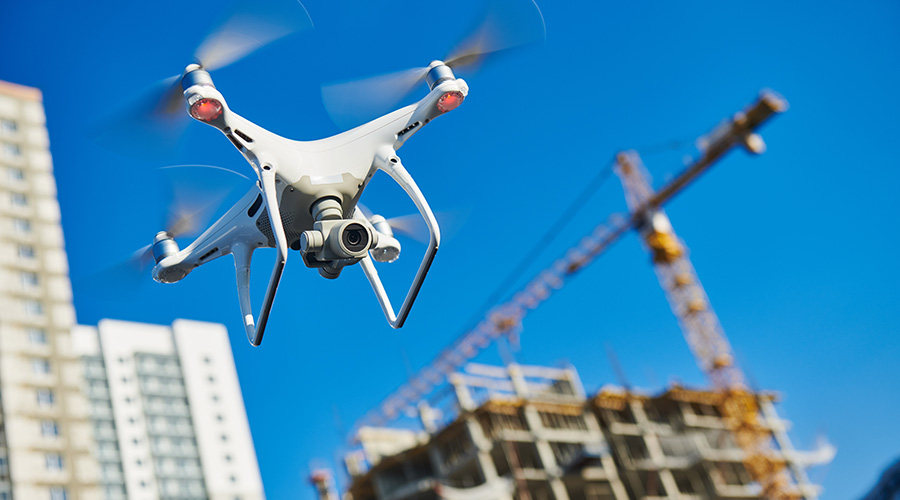BIFMA Environmental Rating System Aims To Provide Guidance For Selecting Furniture
To provide some clarity, BIFMA has recently begun offering an environmental rating system, in collaboration with the American National Standards Institute: ANSI/BIFMA E3. "It's more like LEED," offering different levels of certification, says Reardon. "What LEED is to buildings, E3 is to products." The program now includes 45 manufacturers and more than 2,000 rated products.
The BIFMA standard rates 30 different factors, including recycled content, water and waste management, chemical use, renewable energy sources, and more. Reardon says that the EPA has held the standard up as an example for other industries to save resources and energy while also making consistent claims," Reardon says. The goal is "to have the entire industry talk about sustainability in the same way."
The standard is designed to help manufacturers push their own efforts in new directions. Reardon also mentions the end of a product's useful life as an example: If non-recyclable laminate is glued to recyclable particleboard, reuse may not be practical, so "if you want it to be recyclable, you use a different adhesive method."
Many of the specifications are progressive, Reardon says, because "we didn't want to reward business as usual. If everyone's doing it, you shouldn't get points for it." BIFMA revises the standard on at least an annual basis, he says.
The furniture association is also working with the U.S. Green Building Council to allow LEED points for the purchase of sustainable furniture. Currently, Reardon says, buildings can get LEED points in their emissions or recycling categories for buying furniture certified in those areas. In the near future, though, certified furniture could be credited through Pilot Credit 52, available to all LEED projects; or through LEED v4, which is expected to be released next fall.
Aye says she agrees that if LEED standards for furniture come online, "you're going to see a complete shift" in how the industry operates. "It will start to make an even playing field for people to select products." Currently, she says, confusion reigns, with many different standards and claims but little consistency. "There's still a ton of misinformation on the market. It's still very confusing for consumers.
A reliable EPD, Aye says, should be part of an LCA, and the manufacturer should be able to clearly communicate the environmental steps it has taken — which does not simply mean sending out a fluent salesperson. "There are enough people in the industry that want to do the right thing," she says. "Sustainability is not going away. It's not so much a trend as an evolution."
Related Topics:













